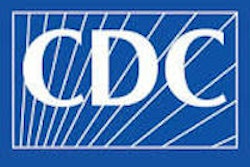Tuesday, November 29 | 10:30 a.m.-10:40 a.m. | SSG01-01 | Room E451A
Digital breast tomosynthesis (DBT) is improving radiologists' diagnostic confidence, which is translating into less frequent use of the BI-RADS 3 ("probably benign") category, researchers from Yale University have found.Dr. Madhavi Raghu and colleagues investigated the frequency, timing, and duration of follow-up imaging for BI-RADS 3 lesions with tomosynthesis. The group included all diagnostic mammograms categorized as BI-RADS 3 and performed with tomosynthesis between January 2012 and January 2015, as well as follow-up data and biopsy outcomes of all lesions that had been reclassified as BI-RADS 4 or 5 at follow-up.
During the study time frame, 12,611 tomosynthesis exams were performed and 2,535 (20%) were categorized as BI-RADS 3. Twelve- to 36-month follow-up data were available for 2,212 patients (87%). Of these, 145 were reclassified as BI-RADS 4 or 5 at follow-up; there were 25 cancers, for a malignancy rate of 1%. Most of these (88%) were diagnosed at the first follow-up imaging at six months.
Because the BI-RADS 3 malignancy rate was low, at 1%, and because most cancers manifest as masses or calcifications, focal asymmetries can probably be categorized as benign -- which could change how women are followed, according to Raghu and colleagues.
"Most malignancies were diagnosed at the first follow-up study, indicating that continued surveillance for two to three years may be unnecessary when the diagnostic workup is performed with tomosynthesis," they concluded.



















